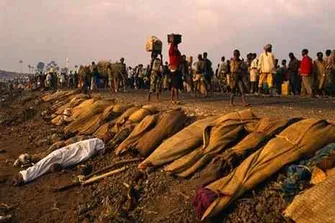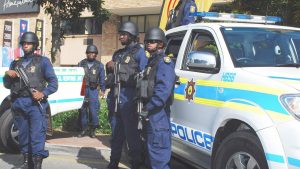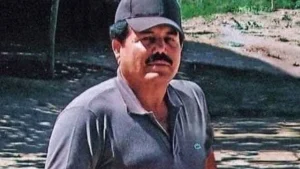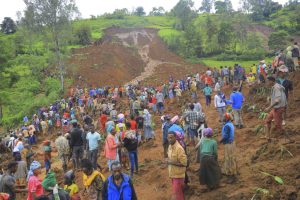A Rwandan official said Thursday (Jan. 25) that the remains of 119 people believed to be victims of the 1994 genocide have been discovered in the country’s south, as authorities continue to find mass graves nearly three decades after the killings.
The remains of more victims continue to be found because perpetrators of the genocide tried their best to hide possibly incriminating information, Naphtal Ahishakiye, executive secretary of the genocide survivors’ organization Ibuka, told reporters.
In October, authorities first found six bodies under a house that was being built in Huye district. They have since found more bodies thereafter, and are investigating further, he said.
In April, Rwanda will commemorate the 30th anniversary of the genocide, in which an estimated 800,000 Tutsi and Hutu who were not extremists were killed by Hutu extremists.
Louise Uwimana, a genocide survivor and resident of the Huye district, said she was saddened to learn that her neighbours had concealed information about mass graves at a time when the government was encouraging reconciliation.
During the 1994 Rwandan genocide, also known as the 1994 Genocide Against the Tutsi in Rwanda, members of the Hutu ethnic majority in the east-central African nation of Rwanda murdered as many as 800,000 people, mostly of the Tutsi minority.
Started by Hutu nationalists in the capital of Kigali, the genocide spread throughout the country with shocking speed and brutality, as ordinary citizens were incited by local officials and the Hutu Power government to take up arms against their neighbours.
By the time the Tutsi-led Rwandese Patriotic Front gained control of the country through a military offensive in early July, hundreds of thousands of Rwandans were dead and 2 million refugees (mainly Hutus) fled Rwanda, exacerbating what had already become a full-blown humanitarian crisis.












